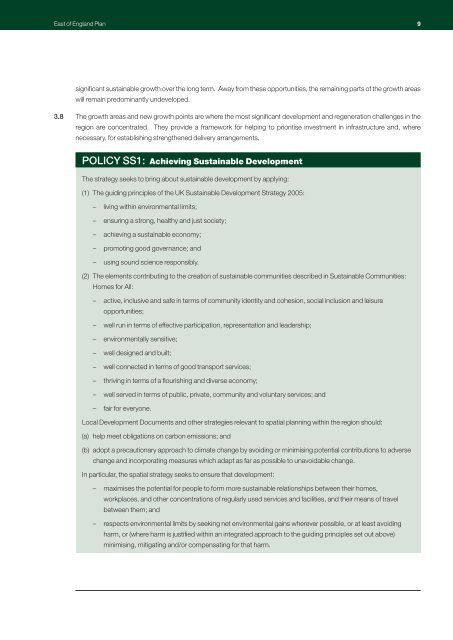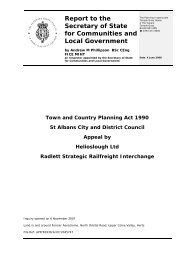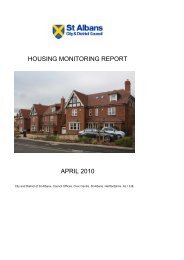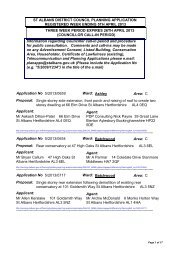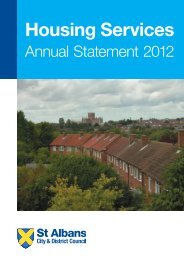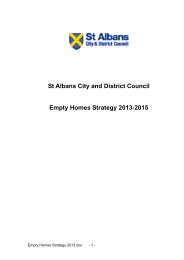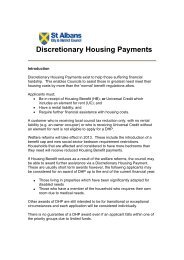RSS East Of England Plan - Broads Authority
RSS East Of England Plan - Broads Authority
RSS East Of England Plan - Broads Authority
Create successful ePaper yourself
Turn your PDF publications into a flip-book with our unique Google optimized e-Paper software.
<strong>East</strong> of <strong>England</strong> <strong>Plan</strong> 9<br />
significant sustainable growth over the long term. Away from these opportunities, the remaining parts of the growth areas<br />
will remain predominantly undeveloped.<br />
3.8 The growth areas and new growth points are where the most significant development and regeneration challenges in the<br />
region are concentrated. They provide a framework for helping to prioritise investment in infrastructure and, where<br />
necessary, for establishing strengthened delivery arrangements.<br />
POLICY SS1: Achieving Sustainable Development<br />
The strategy seeks to bring about sustainable development by applying:<br />
(1) The guiding principles of the UK Sustainable Development Strategy 2005:<br />
– living within environmental limits;<br />
– ensuring a strong, healthy and just society;<br />
– achieving a sustainable economy;<br />
– promoting good governance; and<br />
– using sound science responsibly.<br />
(2) The elements contributing to the creation of sustainable communities described in Sustainable Communities:<br />
Homes for All:<br />
– active, inclusive and safe in terms of community identity and cohesion, social inclusion and leisure<br />
opportunities;<br />
– well run in terms of effective participation, representation and leadership;<br />
– environmentally sensitive;<br />
– well designed and built;<br />
– well connected in terms of good transport services;<br />
– thriving in terms of a flourishing and diverse economy;<br />
– well served in terms of public, private, community and voluntary services; and<br />
– fair for everyone.<br />
Local Development Documents and other strategies relevant to spatial planning within the region should:<br />
(a) help meet obligations on carbon emissions; and<br />
(b) adopt a precautionary approach to climate change by avoiding or minimising potential contributions to adverse<br />
change and incorporating measures which adapt as far as possible to unavoidable change.<br />
In particular, the spatial strategy seeks to ensure that development:<br />
– maximises the potential for people to form more sustainable relationships between their homes,<br />
workplaces, and other concentrations of regularly used services and facilities, and their means of travel<br />
between them; and<br />
– respects environmental limits by seeking net environmental gains wherever possible, or at least avoiding<br />
harm, or (where harm is justified within an integrated approach to the guiding principles set out above)<br />
minimising, mitigating and/or compensating for that harm.


